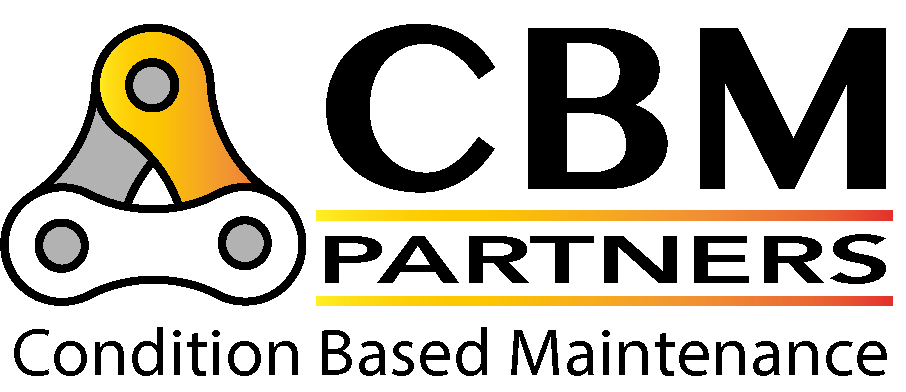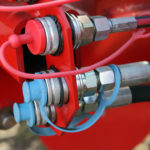Three good reasons to combine…
As an engineer, I have spent many years studying and researching ways to improve the reliability and performance of industrial machinery. One of the key areas of focus for me has been on the value of combining condition monitoring and lubrication. In my experience, these two practices can work together to provide significant benefits to businesses, including improved machine uptime, reduced maintenance costs, and increased staff satisfaction.

One of the primary reasons that combining condition monitoring and lubrication is so valuable is that it allows someone in the organisation to gets “eyes-on” all of the machines regularly, something that is often just not possible otherwise. Lubrication technicians will be trained and responsible for checking condition. They will report on issues that may be impacting machine performance and safety. Issues best spotted by visual inspection like loose guards, misaligned/loose belts, imbalance, can be addressed there and then, and machines get grease when they need it.

Another benefit of combining condition monitoring and lubrication is that it creates a more interesting and rewarding role for technicians. Rather than simply performing routine maintenance tasks, technicians are able to take a more proactive approach to machine maintenance. They can use their skills and expertise to identify potential problems before they occur, and take steps to prevent them from happening in the first place. This also helps to keep technicians engaged and motivated, which can be a key factor in attracting and retaining skilled staff.

Perhaps the most significant benefit of combining condition monitoring and lubrication, however, is the impact it can have on machine reliability. Poor lubrication is one of the leading causes of bearing failures, accounting for up to 60% of all failures. By closely monitoring machine performance and ensuring that machines are properly lubricated, technicians can significantly reduce the likelihood of bearing failures and other costly issues. This can help to improve machine uptime, reduce maintenance costs, and ultimately improve the bottom line for businesses – precision lubrication.
In conclusion, combining condition monitoring and lubrication is an incredibly valuable practice for businesses looking to improve the reliability and performance of their industrial machinery. By providing technicians with a more interesting and rewarding role, businesses can attract and retain skilled staff, while also improving machine uptime and reducing maintenance costs. And with poor lubrication accounting for such a large percentage of bearing failures, it is clear that this is a practice that every business should be considering.
Top-tips for introducing an effective CM & Lubrication program;
- Nominate your lube/cm technician(s) and train them; VA1 & ICML1
- Use the right management tool for the combined jobs (eg LUBEAPP)
- Carry out a CM & Lubrication audit at the start of the program and set some improvement goals
- Make Lubrication & CM a topic in regular maintenance communications (reports notice board & meetings)
- If outsourced; make sure the service provider does the above and that what they do is independent and that there is no benefit to the provider from increased MRO spend or repairs.
Steve Mottershead
Managing Director, CBM Partners




